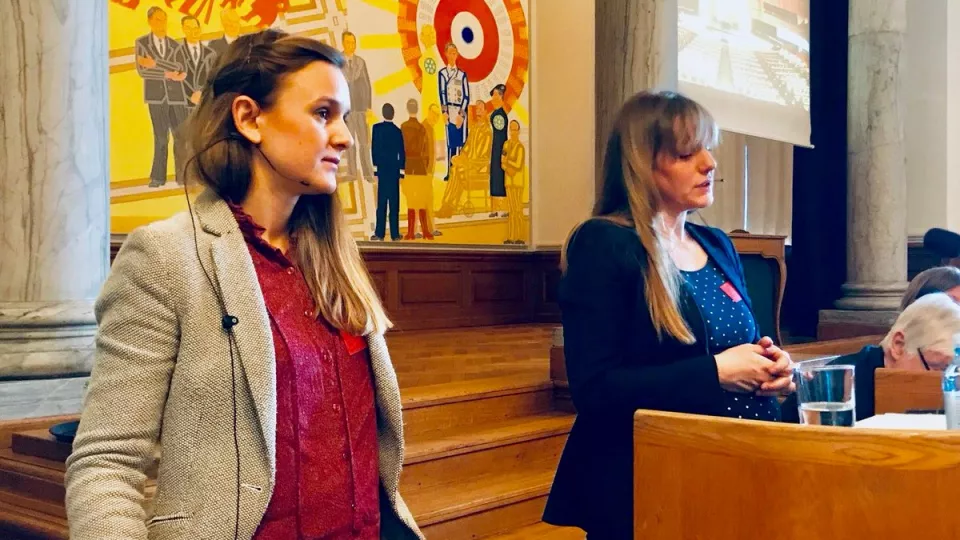Kapitlet heter "Hybrid peace mediation in the age of pandemics" och undersöker fördelarna och utmaningarna med virtuell medling samt hur virtuell och fysisk medling kan komplettera varandra, till exempel med virtuell medling för att hålla kontakten mellan fysiska möten.
- Läs mer på Taylor & Francis hemsida här.
- Isabel Bramsens profil i Lunds universitets forskningsportal
- Anine Hagemanns profil på Köpenhamns universitets sajt
Abstract
The dawn of the COVID-19 pandemic in 2020 brought on an acceleration of the transition to virtual spaces in international diplomacy. Studying the virtualization of peace mediation, we describe the new conditions of hybrid peace mediation and show both advantages and challenges in comparison to traditional diplomatic face-to-face meetings.
We show how virtual meetings have advantages, such as potentially broadening accessibility, equalizing the power dynamics in interaction and allowing for more frequent meetings. Disadvantages include disrupting the flow of interaction and jeopardizing confidentiality.
Most importantly, virtual meetings entail the loss of an absolutely key element of peace diplomacy; all the sensibilities which come with being physically present in a room together, and which serves to create the micro process of diplomatic approachment, which is essential in creating trust, understanding, and a sense of togetherness.
We predict that a world of complementarity of virtual and physical meetings is here to stay, and we show how there is complementarity in timing, in maintaining the momentum of a process and in enhancing collaboration.
We highlight emerging strategies of virtual mediation, including increased bilateral consultations, preparation of meetings, as wells as the use of multiple mediators and multiple channels of communication simultaneously.


